© ROOT-NATION.com - Use of content is permitted with a backlink.
Let’s be honest—when was the last time you bought a flash drive? I mean a traditional USB flash drive, not a memory card, USB SSD, or external hard drive. Chances are, it was sometime in the last decade. Personally, I bought two 32 GB drives at a bargain price about four years ago, and I haven’t thought about upgrading since. But why is that? I’ll explain using examples from Goodram’s lineup (including the classic Goodram Twister USB flash drive and the Goodram HL100 512GB external SSD), as their catalog perfectly illustrates each of my points.
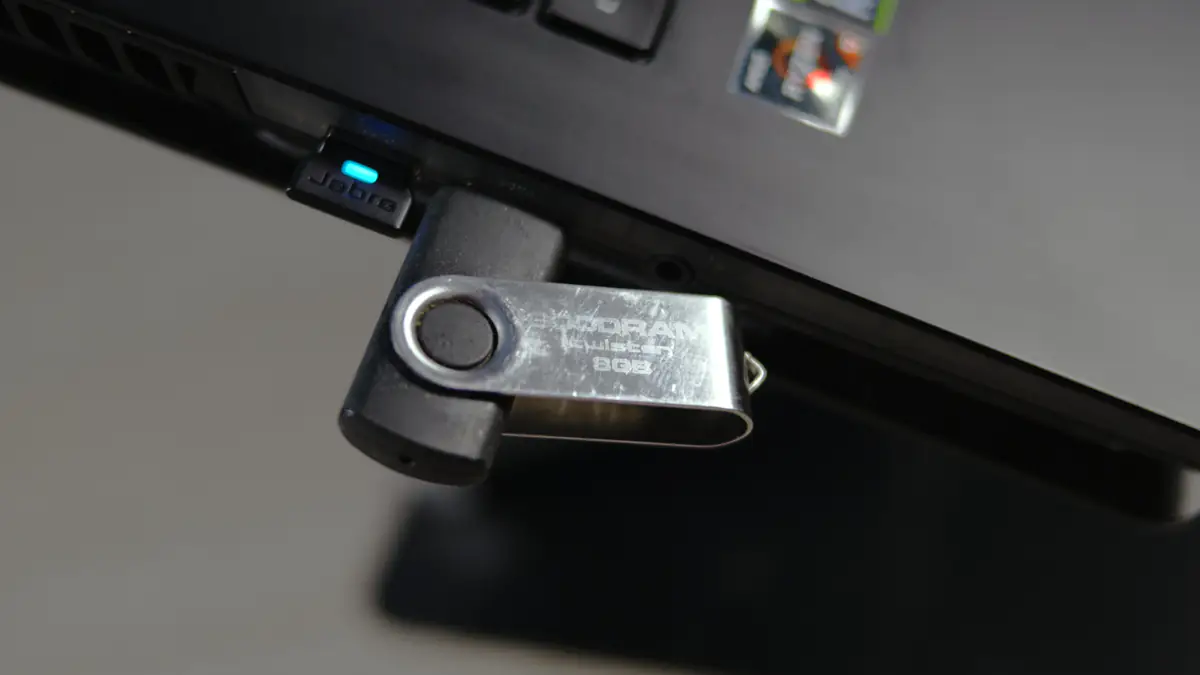
Video about Goodram Twister

Current situation
Firstly, flash drives haven’t disappeared from the market entirely. While the demand has shrunk dramatically, they’re still being produced and developed. There are fast, high-capacity, and affordable flash drives available. Some models are designed to work seamlessly with both smartphones and PCs. Others offer physical weather protection and password security for added data privacy. Goodram even offers unique models that are antibacterial and biodegradable.
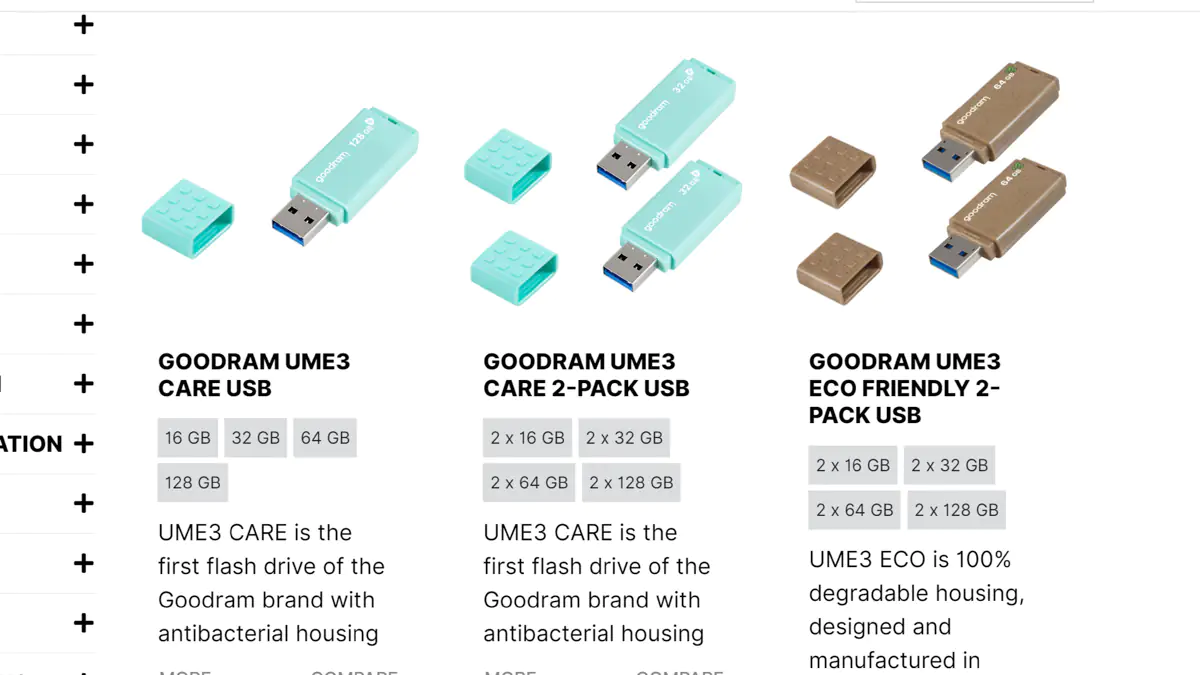
So, flash drives haven’t died off as a category; they’re still being sold and are still useful. However, their popularity has decreased. The main reason for this decline is that the rise of flash drives was somewhat forced, rather than natural. They simply had no competition.
Indispensability
I remember the peak of flash drives’ popularity during my student years, when we needed to print essays, theses, tests, and so on. And for storing documents, flash drives are still quite suitable even today.
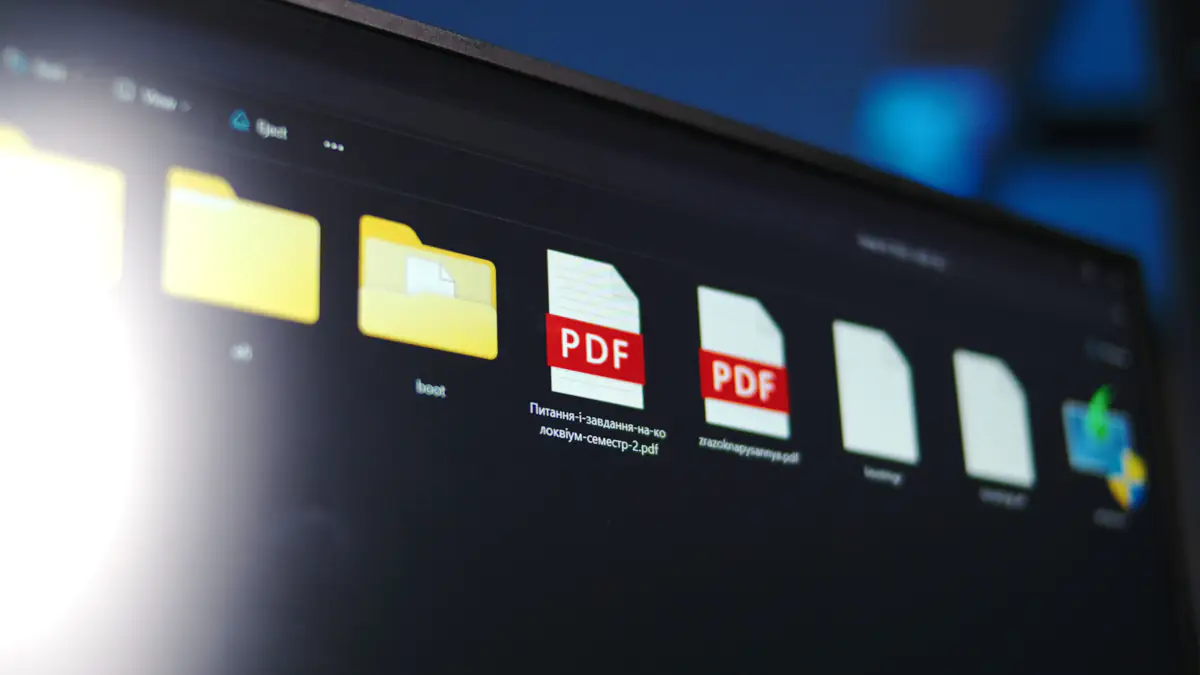
Back then, they were used to store not only documents but also movies, music, smartphone backups, and even games. Flash drives were, and still are, compact, convenient, and reliable, with capacities that were relatively adequate for the time.
Alternatives
Then, competitors began to emerge. External hard drives, which required two USB ports because one provided too little power, were bulkier but sometimes offered storage capacities up to a hundred times larger.
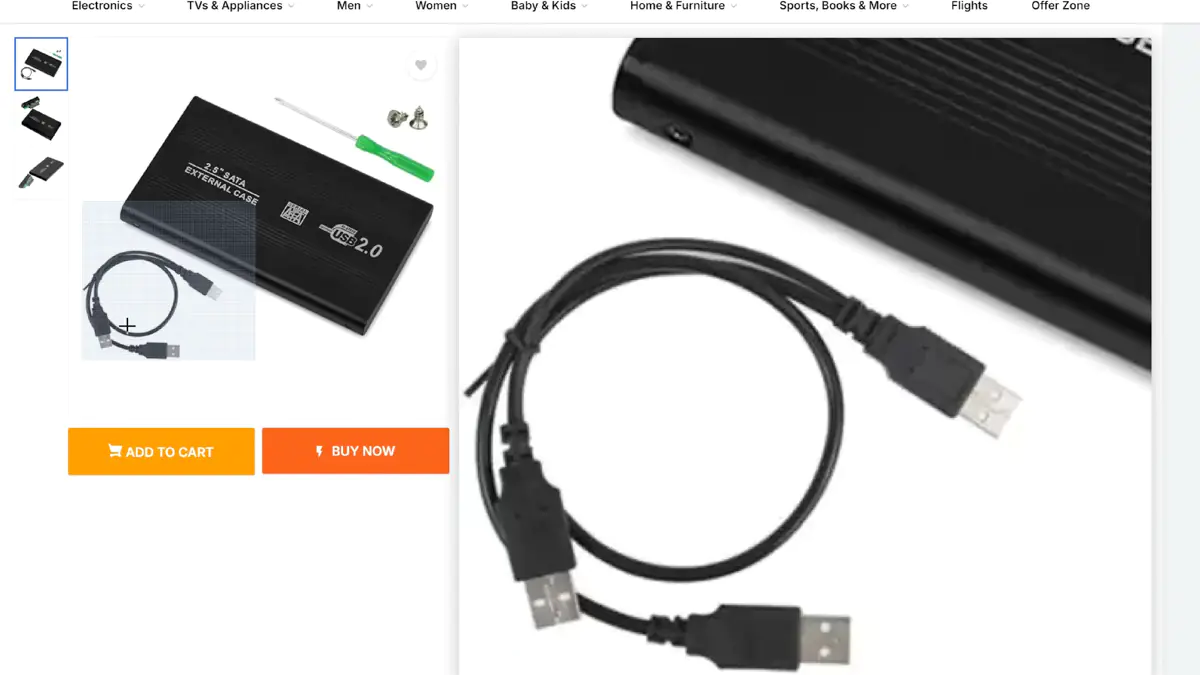
MicroSD cards became cheaper, and with a card reader, they could be used as a replacement for USB flash drives—plus, they could be stored in smartphones. Then, external SSDs started appearing. While more expensive than any other alternative, they offered incredible speeds, including random access speeds, and didn’t require additional power.
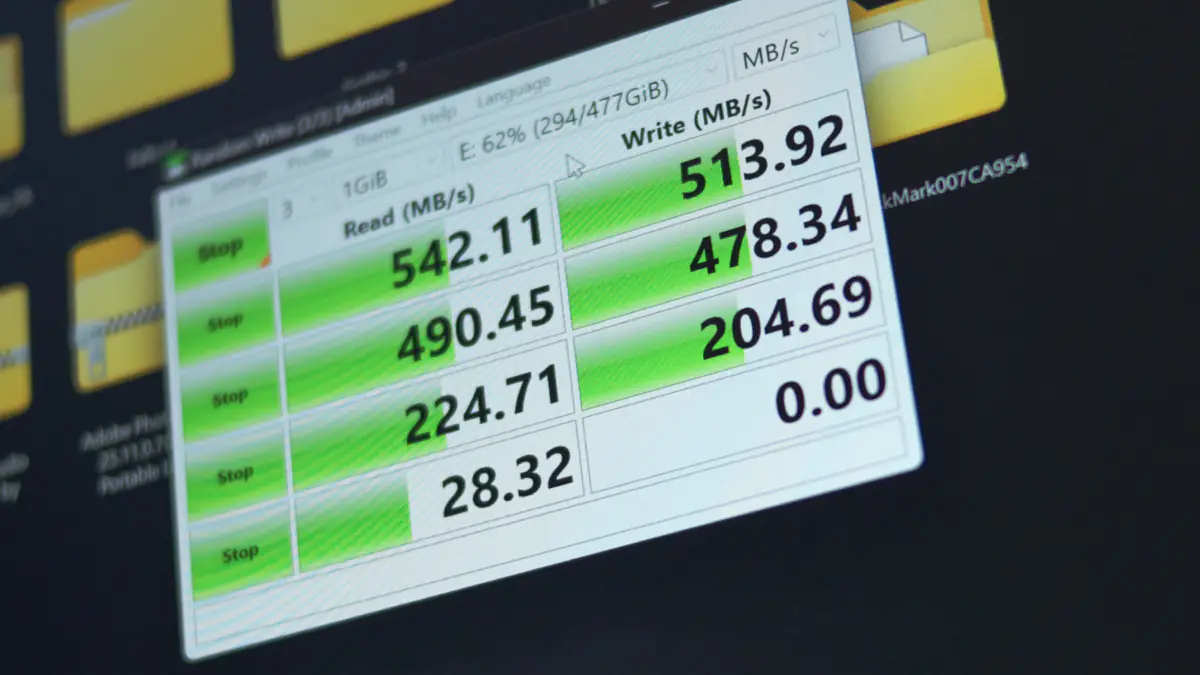
And let’s not forget about the development of the Internet. Until a certain point, it was more convenient to transfer 4 gigabytes of files via a flash drive rather than upload them to a file-sharing service and then download them again. And when I say more convenient, I mean in terms of both time and cost (internet tariff).

Exactly, this was true… until a certain point. Up until that moment, USB flash drives were the most convenient way to store files, both personal and essential, as well as important documents. After that, each of the competing devices gradually took over one of the flash drive’s roles.
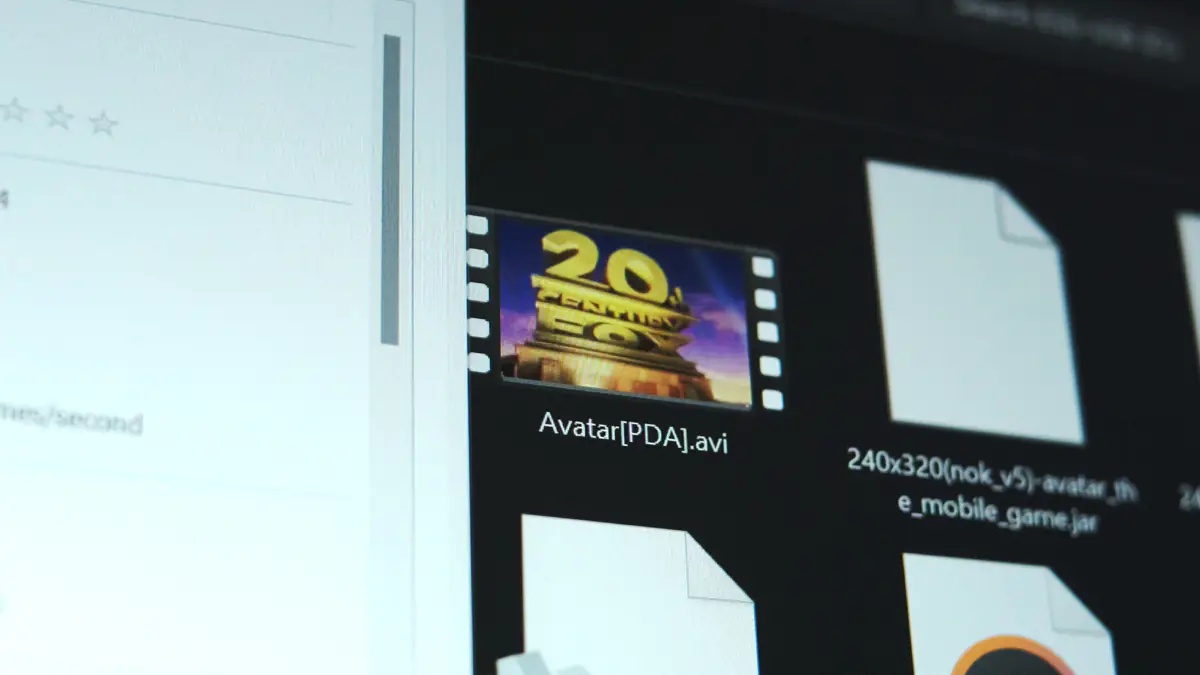
External enclosures for SSDs have appeared, and not only for 2.5-inch drives but also for M.2 format. This means it’s now possible to assemble a USB SSD manually at a relatively low cost, resulting in a storage device that easily outperforms USB flash drives. It’s significantly more durable, and the convenience isn’t far behind.
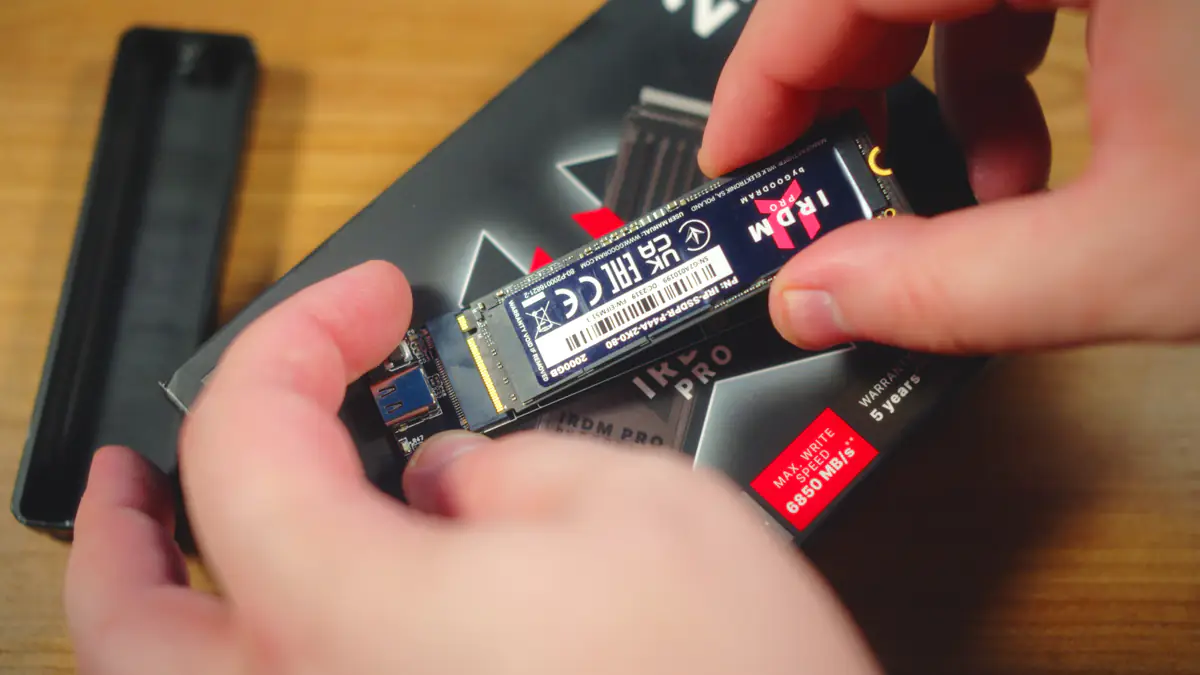
The internet has developed to the point where it’s easier to watch entire movies online than to carry them on a flash drive. Social networks and messaging apps have turned into makeshift file-sharing platforms, and mobile internet, including unlimited plans, is now accessible even to schoolchildren.
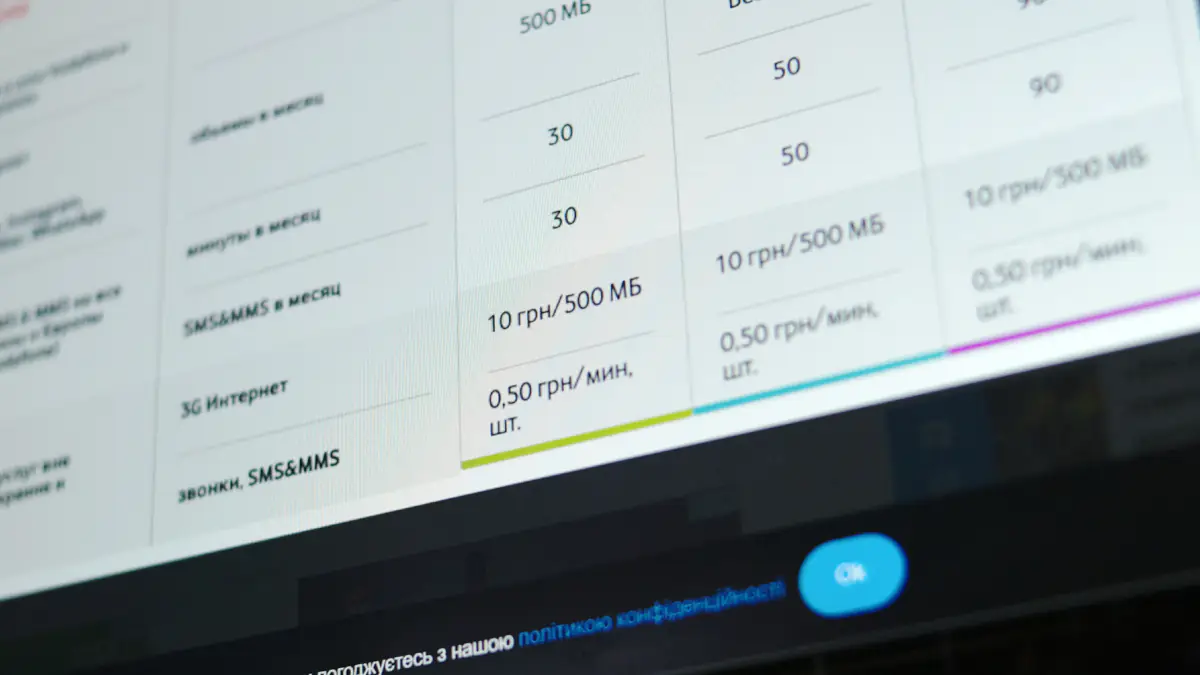
Hard drives, due to the boom in technology development, have become so affordable per gigabyte that a 500GB 2.5-inch drive with perfectly adequate speeds could cost as much as a 64GB flash drive. Again, the flash drive was smaller and more convenient… but the nearly 10x capacity difference made a significant impact. As for modern models like the Goodram HL100 512GB, that’s a whole different story.
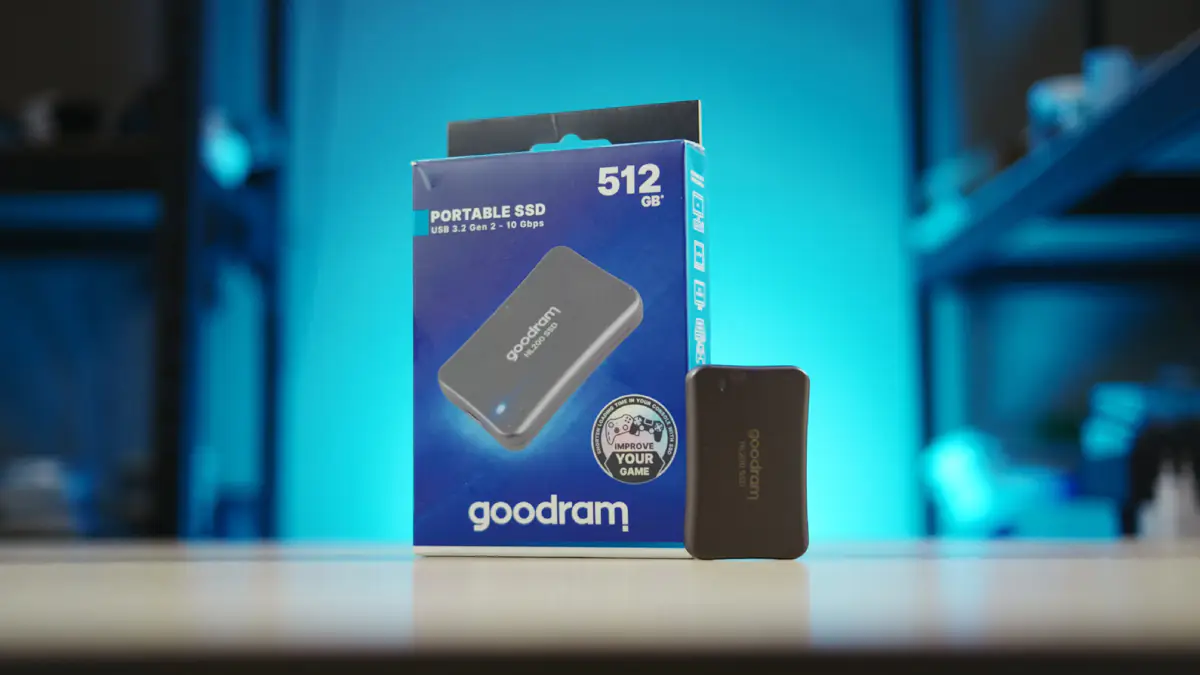
The situation could have been salvaged by flash drives with microUSB or Type-C connectors for smartphones, but memory cards have become fully standardized, causing their prices to drop almost as much as hard drives. Their capacity often exceeded that of both the smartphone and the smartphone’s USB flash drive combined.
Conclusions
The key takeaway is that the decline of the flash storage market is entirely logical. However, models like the Goodram Twister aren’t going anywhere. They’re more compact and noticeably cheaper than SSDs like the Goodram HL100 512GB, don’t require cables, and can even serve as disposable items. While they’re not as versatile, for tasks like storing Windows images or documents for printing, they’re still an ideal option.
Read also:
- Jabra Evolve2 65 Flex Premium Headset Review
- CUBOT KINGKONG POWER 3 Rugged Smartphone Review
- ASUS TUF Gaming VG259Q3A Gaming Monitor Review

